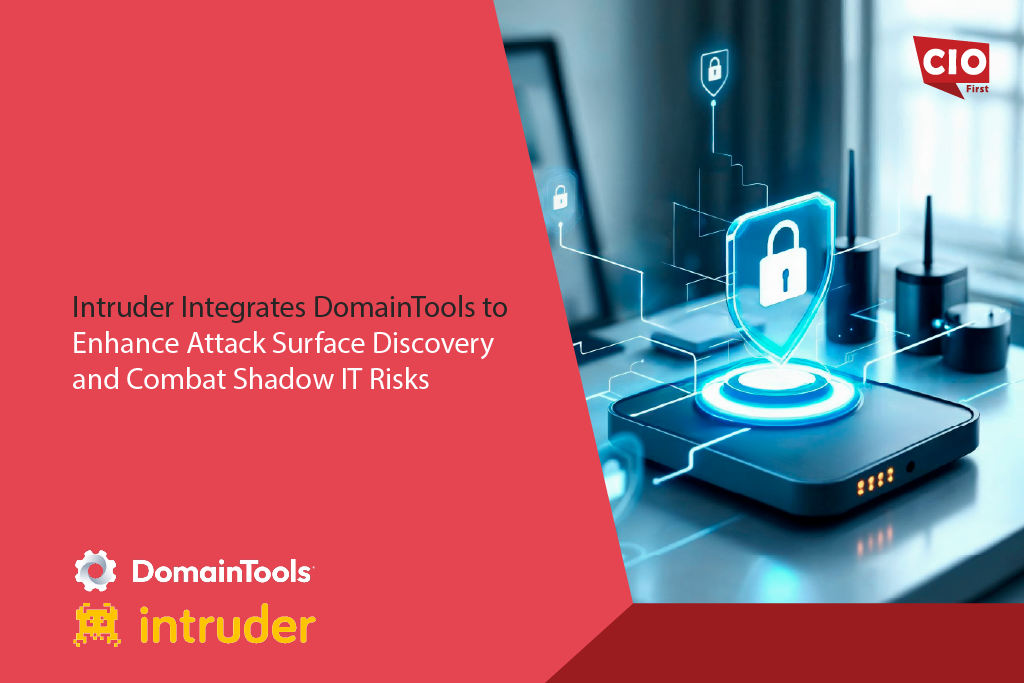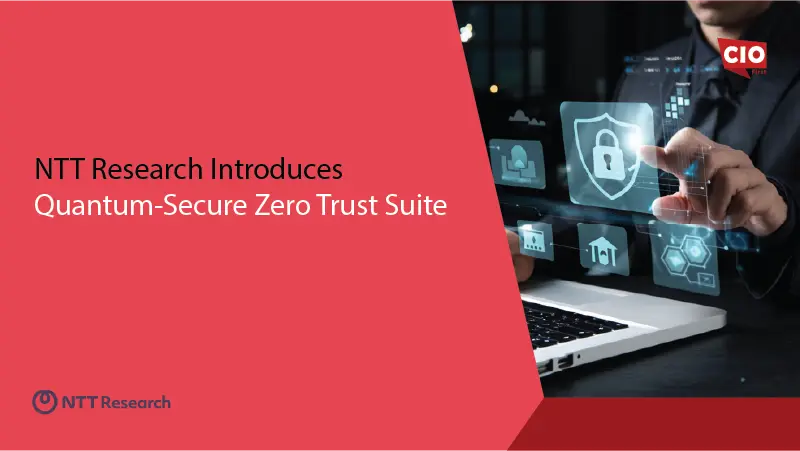NTT Research, introduced the Zero Trust Data Security (ZTDS) Suite, a new portfolio of cybersecurity solutions built on attribute-based encryption (ABE). Designed to safeguard sensitive data even as quantum-enabled cyberattacks become more feasible, the ZTDS Suite marks a significant advancement in next-generation, data-centric security. NTT Research also announced that the Center for Research and Development on Secure Computer Systems (CRADSEC) will license ABE software to strengthen its secure virtual environment development efforts.
The ZTDS Suite features the ZTDS Platform-powered by ABE and AI-along with a suite of applications designed for a range of use cases, including protected document workflows, sovereign data security, and secure video and data handling within AI environments. Additional applications will continue to roll out based on customer requirements and market demand.
“With the exponential development of quantum technologies, governments and security standards bodies are calling on organizations to migrate to a quantum-ready cybersecurity strategy,” said NTT Research President and CEO Kazu Gomi. “In anticipation of the quantum computing era, NTT Research’s ZTDS Suite ensures critical data will remain secure after quantum capabilities become practical. After the decades-long study and development of ABE, NTT Research is now offering a proactive security solution that outlines a clear migration strategy for a post-quantum world that builds confidence and reinforces commitments to data protection.”
Attribute-Based Encryption: The Future of Access-Controlled Security
ABE offers highly granular access control by determining whether data can be decrypted based on defined attributes-from employee roles to geographic permissions. The concept was originally introduced by Dr. Brent Waters, now director of the NTT Research Cryptography & Information Security (CIS) Lab, alongside co-author Dr. Amit Sahai in the 2005 paper “Fuzzy Identity-based Encryption.”
Also Read: Advantech, Rohde & Schwarz Partner on Industrial Wi-Fi 7
ABE capabilities fall into three core categories:
Content-Based Access Control:
Allows policies tied to specific data attributes. For example, a food delivery provider can grant a manager access only to “delivery address” data within the region they oversee, helping ensure privacy and compliance.
Role-Based Access Control:
Enables organizations to set decryption permissions based on organizational hierarchy. For instance, NTT Research may allow any CIS Lab employee to access another CIS Lab member’s research, while employees outside the lab may only view executive summaries unless they hold executive-level roles.
Multi-Authority Access Policies:
Supports scenarios where multiple organizations issue access credentials independently. Users must possess the correct keys and meet specified dynamic attributes—such as affiliation or location-to decrypt protected content.
Advancing Toward Quantum-Resilient ABE
Historically, ABE frameworks have faced performance challenges that limited their practicality for post-quantum computing (PQC) environments. Recent scientific breakthroughs at NTT Research now overcome these barriers, enabling quantum-secure ABE architectures that align with emerging regulatory requirements. These advances support ABE constructions operating in the Ring-LWE setting—a key component of many PQC standardization efforts for encryption and digital signatures. The resulting PQC-ABE models also support seamless decentralization in multi-authority deployments.
These achievements represent the first practical candidates for large-universe PQC-ABE built on standard cryptographic assumptions.
“Organizations conventionally rely on zero trust architectures to protect their system and network infrastructure. While these defenses currently excel at maintaining a strong perimeter against attackers, once the data file itself is leaked, the security is breached. ZTDS provides comprehensive solutions to this scenario by maintaining access controls to the files even if the file is copied, i.e. the file leaks out from the perimeter. Also, quantum computing poses an existential threat to the conventional public key encryption. This new PQC-ABE provides peace of mind for this threat,” said NTT Research Senior Vice President of Technology Development and Product Incubation Hub Bennett Indart.
























